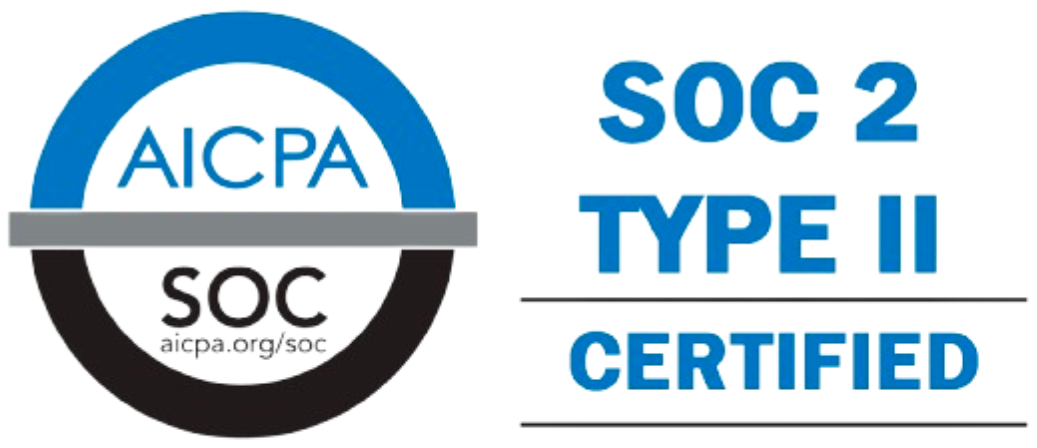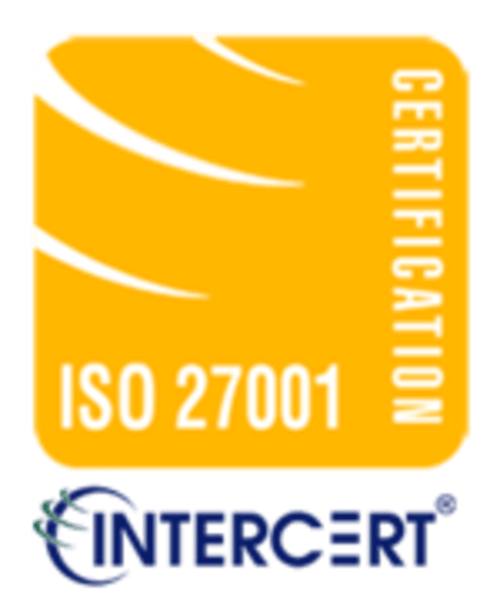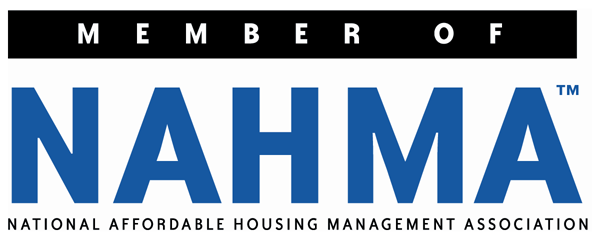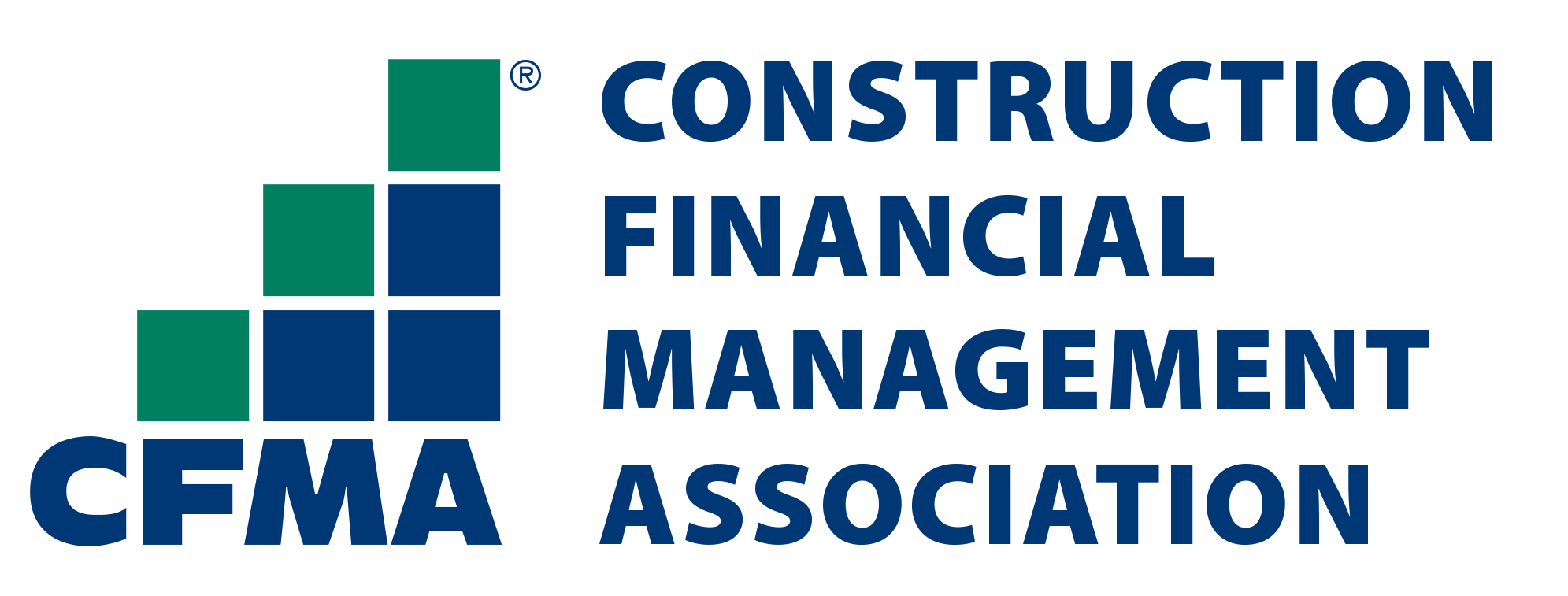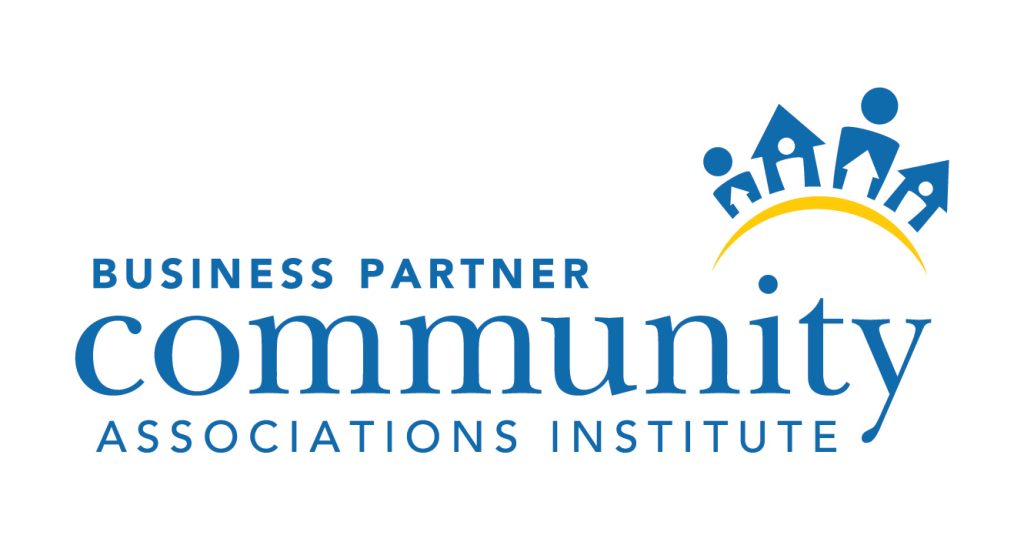
How to Simplify Financial Reporting for Mixed-Portfolio Real Estate Firms
- November 22, 2024
- OHI

Financial reporting is a necessary prerequisite for all real estate firms to achieve success, especially mixed-portfolio handling firms, which manage a variety of properties, including residential, commercial, and industrial assets. Mixed-portfolio reporting can be complex due to multiple metrics, varying revenue streams, and compliance conditions. Simplifying financial reporting enhances accuracy, efficiency, and transparency.
This blog explores real, practical ways mixed-portfolio real estate companies can streamline financial reporting for better decision-making and smoother operations.

1. Data Fragmentation
Data is fragmented into different systems for most mixed portfolios, recording management processes, accounting, and financial analysis. This fragmentation leads to inefficiencies and mistakes.
2. Complex Revenue Streams
Various types of properties yield different revenue sources, including rent, sales, and ancillary services. As a result, reporting becomes difficult to standardize.
3. Diverse Performance Metrics
Performance varies across property types. Residential and industrial properties differ in occupancy levels, lease agreements, and maintenance expenses, necessitating customized reporting frameworks.
4. Regulatory Compliance
Diverse tax legislations and regulations for different property types complicate financial reporting.
5. Resource-Intensive Processes
Manual entry and reconciliation consume significant time and human resources, increasing the likelihood of errors and delays in financial reporting.

Consolidate data from disparate sources into a centralized system to ensure consistency and accuracy. Specialized real estate ERP systems or cloud-based platforms can aggregate data from property management, accounting, and financial tools.
Benefits:
Automation tools generate reports quickly with minimal effort and fewer errors. Software automates repetitive tasks like data entry, reconciliation, and report generation.
Key Features to Look For:
Standardize reporting formats for all property types to facilitate easier analysis and comparisons. Use templates that capture common metrics but allow customization for unique needs.
Example: A single template can track revenue, expenses, and occupancy for residential, commercial, or industrial properties with slight metric modifications.
Business Intelligence (BI) tools, like Power BI or Tableau, visualize complex data sets, simplifying financial reporting. These tools create interactive dashboards and reports for actionable insights.
What BI Tools Can Do:
Categorize your portfolio by property type or geographic location. Segmentation creates focused, incremental reports, simplifying comparisons.
Example: Prepare sub-group reports for residential, commercial, and industrial properties, then roll them into one consolidated portfolio report.
Identify KPIs that align with your firm’s objectives and focus reporting efforts on them. Common KPIs for mixed-portfolio firms include:
Tip: Customize KPIs for each property type while maintaining overall consistency.
Stay updated on tax laws, financial standards, and reporting regulations for all property types. Compliance-checking software minimizes legal risks and ensures adherence to regulations.
Pro Tip: Regularly consult legal and tax advisors to maintain compliance across regions.
Outsourcing financial reporting or accounting tasks to specialized firms saves time and resources. These firms offer expertise and tools to navigate reporting complexities.
Benefits:
Equip your team with the necessary skills and tools for efficient reporting. Train them on reporting software, compliance requirements, and data interpretation.
Example: Conduct workshops on using BI tools to create dashboards and reports.
Financial reporting is a recurring process. Regularly review your reporting structure to identify bottlenecks and improve the system.
Best Practice: Schedule quarterly reviews to align reporting processes with changing business goals and market dynamics.

Modern technology streamlines financial reporting. Here are some tools and their benefits:
1. Property Management Software: Combines accounting, leasing, and maintenance data into a single platform, making it readily available for reporting.
2. Cloud-Based Solutions: Provides real-time financial data accessible from anywhere, enhancing collaboration.
3. Artificial Intelligence (AI): Automates data validation, reconciliation, and compliance checks.
4. Blockchain: Ensures secure and transparent financial transactions, reducing audit complexities.

Scenario:
A real estate firm managing residential apartments, commercial office spaces, and industrial warehouses struggled with fragmented data, inconsistent reporting formats, and manual processes.
Solution:
Results:


Mixed-portfolio real estate companies need not fear financial reporting complexities. Centralizing data, automating processes, adopting BI tools, and focusing on KPIs simplify reporting while ensuring accuracy and compliance. Regular reviews, team training, and leveraging technology work together to streamline reporting, aiding decision-making and resource management.
Try these strategies to transform financial reporting into a strategic advantage for your mixed-portfolio real estate firm.
Contact us for a customized NO OBLIGATION proposal for outsourcing your accounting activities.
